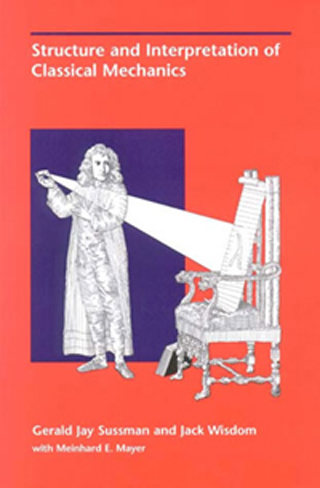Level:
Graduate
Instructors:
Prof. Gerald Sussman
Prof. Jack Wisdom

Cover of course textbook, Structure and Interpretation of Classical Mechanics, by Sussman and Wisdom, MIT Press, 2001. (Courtesy of MIT Press.)
Course Description
12.620J covers the fundamental principles of classical mechanics, with a modern emphasis on the qualitative structure of phase space. The course uses computational ideas to formulate the principles of mechanics precisely. Expression in a computational framework encourages clear thinking and active exploration.
The following topics are covered: the Lagrangian formulation, action, variational principles, and equations of motion, Hamilton's principle, conserved quantities, rigid bodies and tops, Hamiltonian formulation and canonical equations, surfaces of section, chaos, canonical transformations and generating functions, Liouville's theorem and Poincaré integral invariants, Poincaré-Birkhoff and KAM theorems, invariant curves and cantori, nonlinear resonances, resonance overlap and transition to chaos, and properties of chaotic motion.
Ideas are illustrated and supported with physical examples. There is extensive use of computing to capture methods, for simulation, and for symbolic analysis.